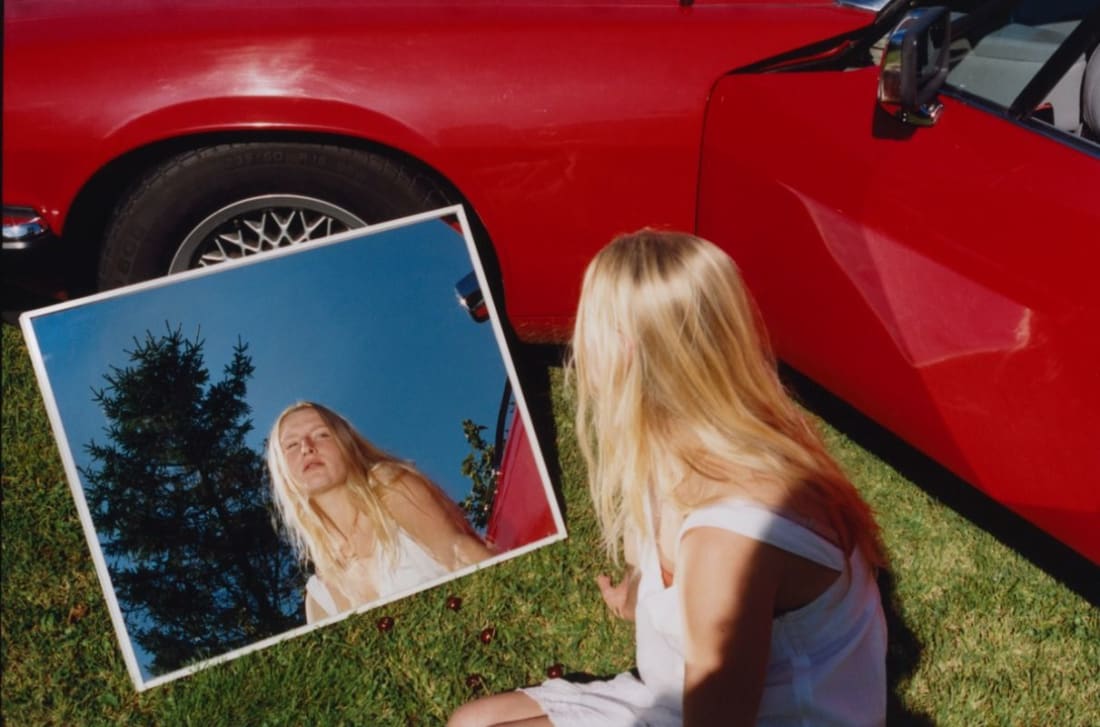best SPF to be using now that the sun is actually out
Plus how and why we should really be using SPF all year around...
Plus how and why we should really be using SPF all year around...
SUN. That hot ball of glowing gases roughly 4.603 billion years old that often seems reluctant to visit the United Kingdom.
But what about our skin? We know you know sun protection (in the form of a product containing SPF) is important, we also know there are just soooooooo many choices and varieties: different SPF levels, chemical sunscreens, mineral sunscreens, UVA, UVB. Where to even begin?!
Don’t let it put a dark cloud in your blue sky, we’ve everything you need to know about SPF right here. We’ve even recommended a few great products, and will get into all the details on how and what to use to make sure your skin can enjoy the sun as much as the rest of you will.
What even is sunscreen?
Firstly, there’s two main types of sunscreen. Physical (also known as mineral) and chemical. Mineral sunscreen will block and reflect the sunlight, which is why it’s also called ‘sunblock’ in some parts of the world. There’s a host of ingredients that play a part in this, but one of zinc oxide or titanium dioxide will be the main ingredient.
A chemical sunscreen will absorb the rays of sunlight to stop them from hitting your skin (or at least reducing how much gets through). It then turns the rays of light into heat before releasing it, which is kinda cool. You need to apply it half an hour before exposure to the sun, though.
Really, the one you choose comes down to personal preference. Chemical sunscreen tends to be water and sweat resistant, physical sunscreens tend to be better for sensitive and acne-prone skin.
Which level of SPF do I need?
The level of ‘sun protection factor’ you need can vary depending on skin tone, but ideally, if you’re about to step out into the sunniest sun, you should be using SPF 30 or higher.
What is the difference between UVA and UVB?
UV is ultraviolet, it is a light energy that radiates from the sun. It’s what causes a tan: when exposed to UV radiation, we increase our melanin production in an attempt to protect the skin from further damage. As this implies, UV is technically bad for us. This is why we look to protect ourselves from UV.
Anyway, UVA and UVB are two different rays. UVA has a longer wavelength and gets deeper into the skin, UVB tends to hit the top layers. Conveniently, the skin cancer foundation says that UVA affects ageing, UVB is what causes burning. A and B. Ageing and burning. We should protect against both types – this means using ‘broad spectrum’ SPF.
How to use SPF?
In an ideal world, we’d be very on it with sunscreen. Dr Joshua Van der Aa says “wearing SPF every single day, regardless of the weather -even if you’re indoors- is vital.” He adds that; “If you’re applying less than two finger lengths of cream on your face, it’s not enough. You should apply sunscreen 15 minutes before going outside, and ideally, you’d reapply every two hours.”
Why is sunscreen so important?
Ultimately, UV exposure can lead to skin cancer. Suncare as part of a routine can feel a bit long and annoying to implement, but it’s worth considering. And here’s some of the best options, whether you’re looking to still max out the tan or to just not feel like you have a face full of cream.
All products are selected independently by our editors from the Woo online store, a carefully curated platform for feel good fashion, beauty, wellness and lifestyle. Discover more here.



